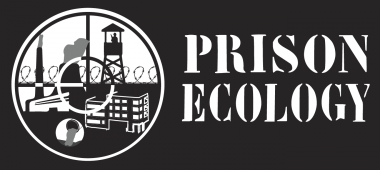Prisoners inside the Elmore and Escambia prisons, directly across from the new 4,000 bed “mega-prison” sites, resist construction alongside local nature enthusiasts

The Prison Ecology Project addresses issues such as: damage of sewage and industrial waste from overpopulated and under-regulated prisons into to water ways; threats to listed species by the ongoing construction and operation of prisons in remote, environmentally-sensitive rural areas; and environmental justice concerns regarding prisoners, staff and surrounding communities.
Check out our partners at The Campaign to Fight Toxic Prisons
Tell Congress to honor the 2017 DOJ recommendation to cancel this project and rescind the $444 million. Our opposition has driven the BOP back to the drawing board twice now, and the plan is still a losing deal for the local community, prisoners, and wildlife.